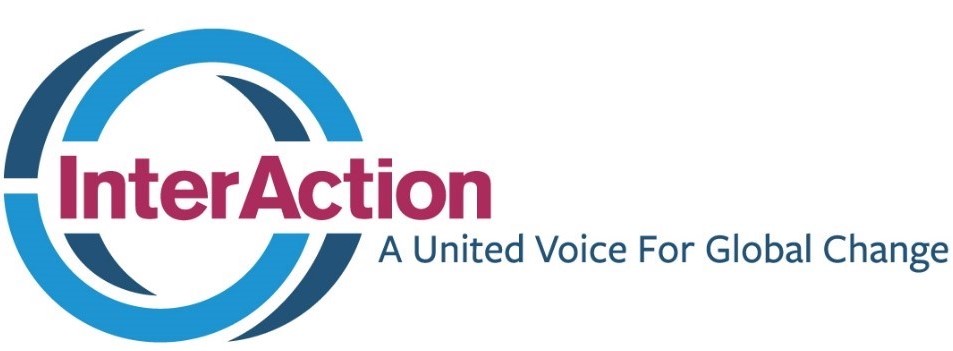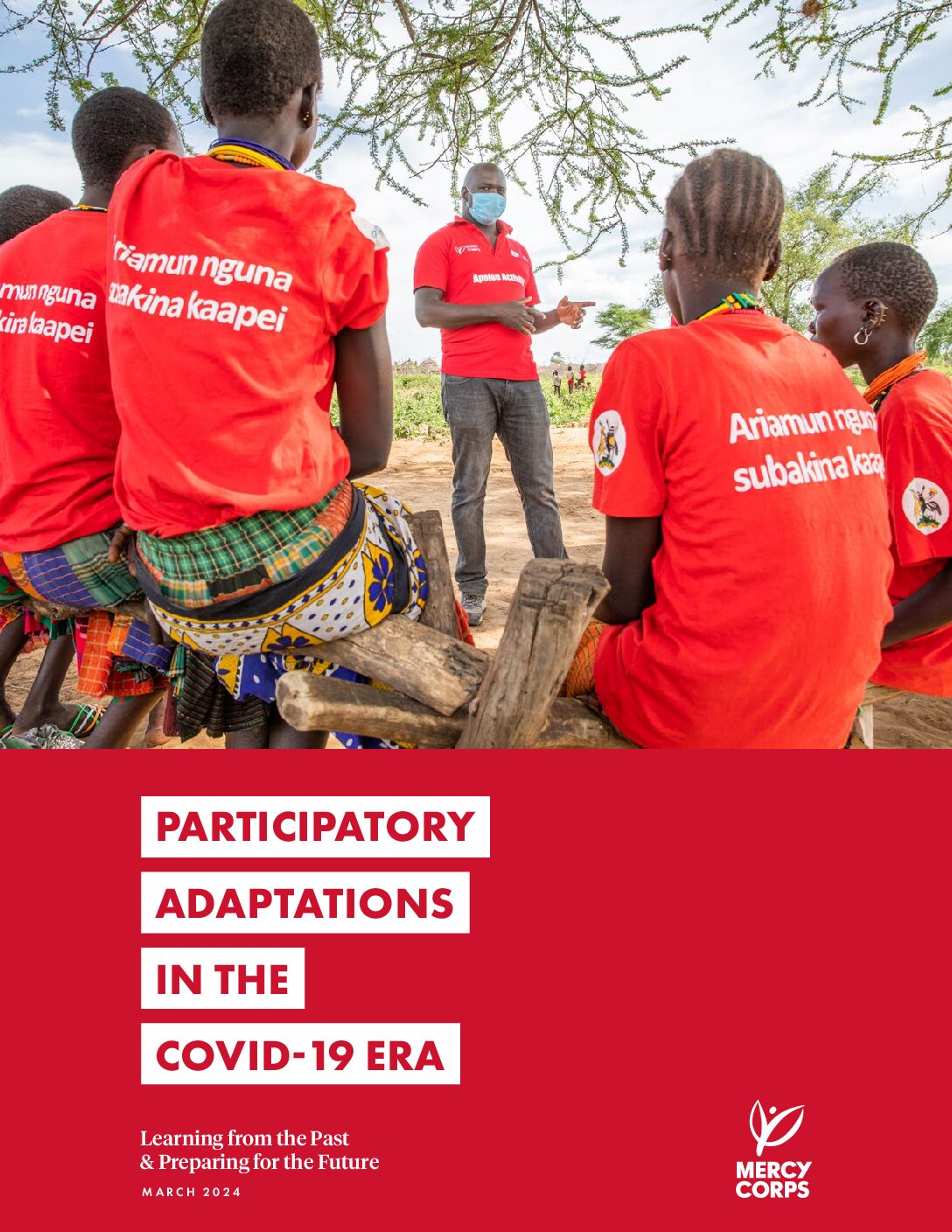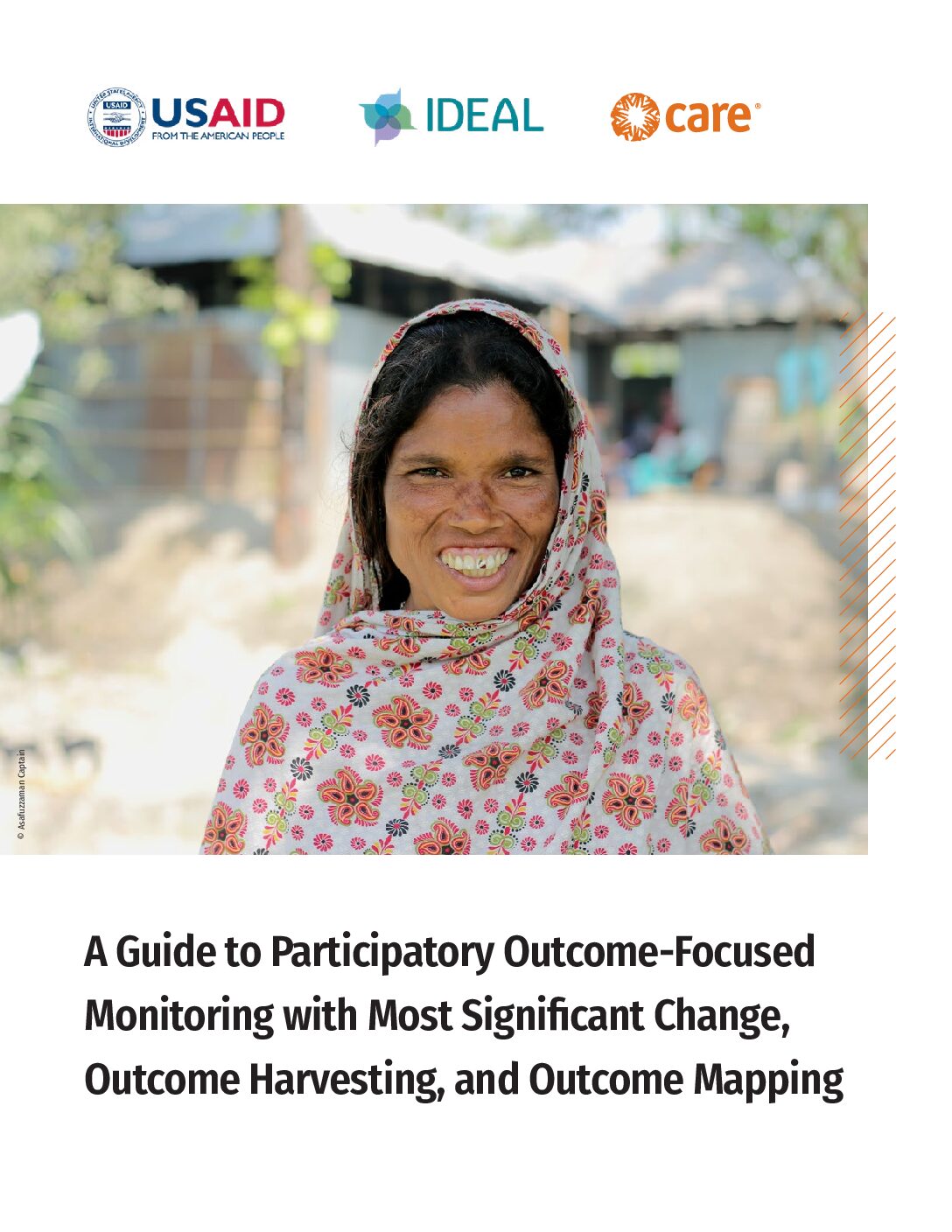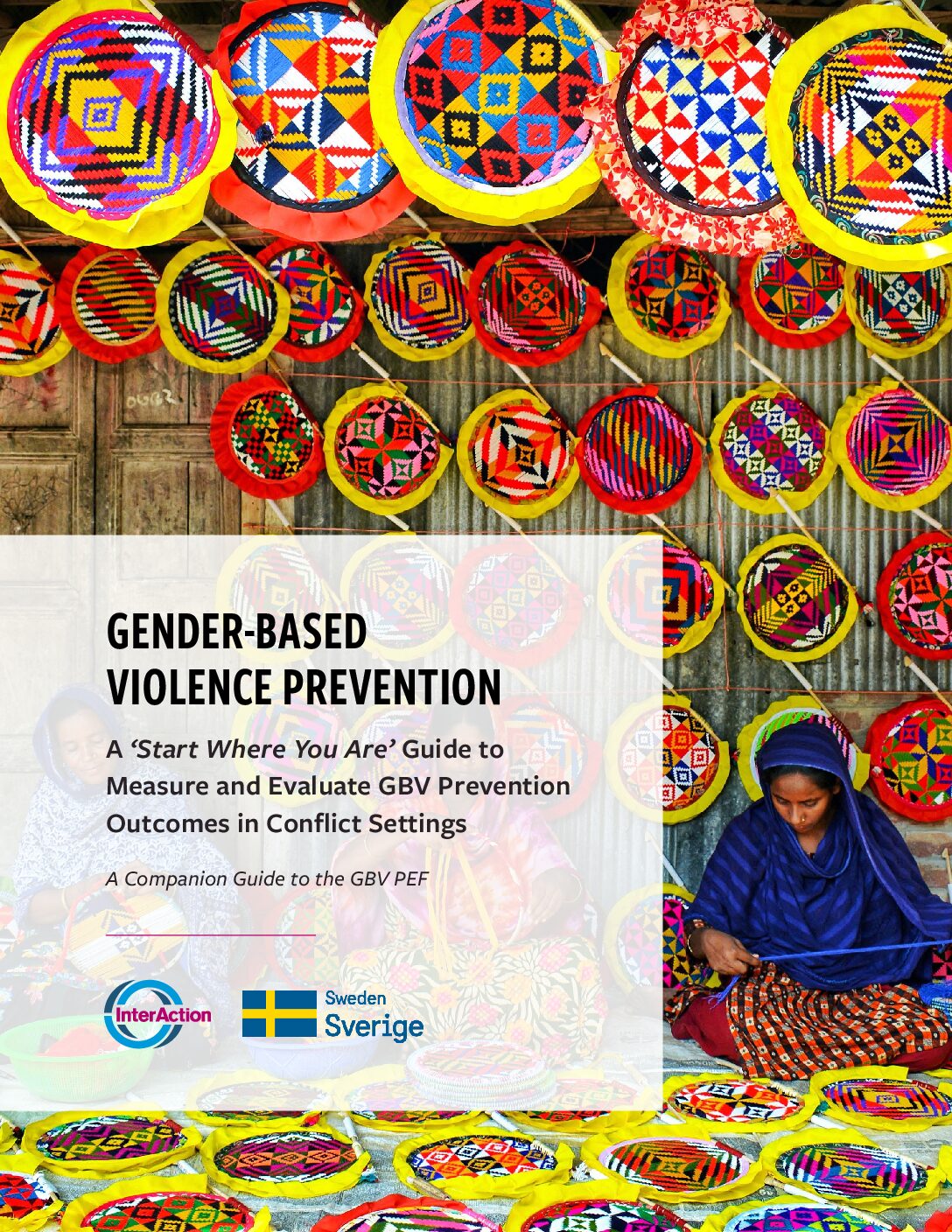On March 5th, the U.S. Holocaust Memorial Museum convened a group of academics, practitioners, and policy-makers to take stock of existing knowledge on the role of civil society and civilian self-protection mechanisms in preventing and mitigating violence and mass atrocities, as well as identify gaps in knowledge and areas of future inquiry and research.
In bringing together a diverse range of actors, the event highlighted several aspects of Multi-Disciplinary Strategies and the opportunities and challenges therewith, namely that intentional investment is needed in providing the time, space, and facilitation (for more on this see below!) to understand the different vocabulary that various groups use to frame “protection” be it through the lenses of resilience, social movements, governance, peace, etc. and achieve a shared vision.
This note summarizes the key points of group discussion, as they relate to RBP, distilling key contributions, questions, and considerations for further research on the role of civilians in preventing and mitigating risk in armed conflict
Civil society and civilian self-protection strategies
There are a wide range of strategies used by civil society actors and affected populations themselves (that are highly contextualized for adapting to changing space, actors, and tactics). Moreover, civil society prevention/protection activities are not siloed – strategies may involve health, livelihoods, resilience, etc.
Given that context is key, the group discussed the difficulty of appreciating the nuances of strategies using a broad country-level unit of analysis, and that a local micro-level would have greater explanatory power. Strategies also change as the threat environment changes; therefore, a continuous context-specific analysis at a local level would help understand the triggers for change and the relationships that exist between civil society and perpetrators of violence. The group discussed that importance for external actors to invest in such analysis (as far as possible from the perspective of the affected population) to fully understand the self-protection landscape and avoid creating parallel systems or undermining the self-protection mechanisms at work. This would then inform a causal logic for tackling those protection issues and supporting civil society and civilian response mechanisms – be it through advocacy or amplifying messaging, providing diplomatic assistance, using convening authority, offering technical expertise, providing funding, etc.
Acknowledging that meaningful 2-way communication is foundational to understanding the risk environment from the perspective of the affected population, participants discussed that investing in communicating with communities is essential and helps dismantle barriers that exist for meaningful collaboration with people affected and local actors (whether this is jargon and terminology, information sharing mechanisms, formal/rigid structures, policies and processes, etc.) as well as shifting the overall power dynamic between local and external actors.
The group questioned some assumptions about “civil society”; namely that:
- Civil society encapsulates more than NGOs – it can be a range of informal groups and networks, from religious organizations to committees to women’s groups to kinship networks to clandestine networks (constellation of groups and relationships constantly forming and reforming, visibly or covertly, to counter tactics of perpetrators). Specificity in research design can help yield more information about the success factors for certain civil society strategies; however, researchers should also be mindful of how they act as external actors and consider the repercussions of making the less visible strategies visible.
- In polarized environments, certain civil society actors may, in fact, be “externally leveled” by communities apprehensive of others from “the outside” (i.e. civil society organizations based in the capital who may have a different demographic composition than the target community, as opposed to members of the same village, tribe, ethnicity, religion, etc.) This point additionally emphasizes the importance of investing in communicating with communities to establish trust and maintain genuine and reciprocal dialogue.
Conclusions/ Way Forward:
A deeper dive would be useful for pinpointing the success factors in several country contexts which could stimulate additional case studies and contribute to a growing body of research. Generalization can only happen at a much later stage after we have shared definitions and an appreciation of success factors in a variety of contexts. Specific information gaps and identified research themes included:
- Features of Perpetrators of Violence: what mobilizes violent behavior and attitudes and what are effective strategies to change those attitudes and behaviors?
- Why do armed actors target certain communities or sites? How do armed actors view civilians?
- How do relationships between combatants and civilians change over time? What are relationships or connect points that may make certain self-protection strategies viable?
- What are the preconditions for community negotiations with parties to conflict? How can communities effectively negotiate for themselves in contexts where they are geographically removed – what can other actors do to support them?
- Engaging Affected Populations: How are external actors investing in communicating with communities to ensure their perspective is brought to bear at all stages in an intervention and that they are leading the analysis learning and strategy design?
- Nonviolent Social Movements: What is the role of nonviolent social movements for atrocity prevention (e.g. as a link between the state and civil society)?
- Funding: What is the role of impact investing in preventing future atrocities? What are the effects of strong donors in determining civil society strategies and priorities (i.e. power dynamics that come with donor – recipient relationships)?
Participants also discussed the value of research on instances where civil society organized on their own, without external actors, as an important contribution to the body of evidence on how external actors can best support self-protection strategies. Furthermore, the group highlighted that research should be useful not only for policy-makers and practitioners but should address the questions to which local communities themselves want answers. Moreover, the research process should seek to incorporate affected populations at all stages, to ensure the analysis is grounded in the perspective of the affected population, and that evidence generated is meaningful.



